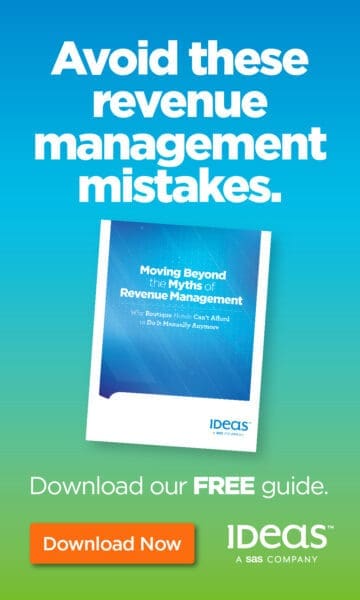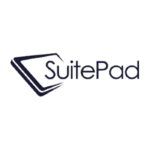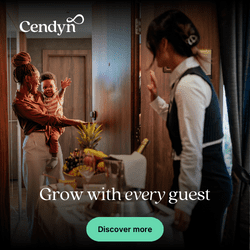 Recruitment is a difficult job. HR professionals can vouch for that – they often spend weeks and months promoting an open position, reaching out to LinkedIn profiles, going through job applications, and vetting candidates to hopefully find the right person for the job. However, there is another aspect of recruitment that often goes unnoticed—referrals.
Recruitment is a difficult job. HR professionals can vouch for that – they often spend weeks and months promoting an open position, reaching out to LinkedIn profiles, going through job applications, and vetting candidates to hopefully find the right person for the job. However, there is another aspect of recruitment that often goes unnoticed—referrals.
An employee referral program allows employees to do a lot of the recruitment work on their own by promoting open positions to friends and family. Current employees are especially able to refer others to the company, as they can best describe the workplace and speak about their experience working for the company.
The benefits of an employee referral program
Using your productive and talented employees to find additional workers is a great concept because they can recommend people with a lot of the same attributes. A friend of a current employee is much more likely to fit in a specific company culture because they have a connection that is already a good fit.
No matter if it’s a digital workplace or an office-based one, an employee referral program helps you hire people fast and save money while doing it. Employee referral programs cut the cost per hire while simultaneously improving the quality of those new hires.
Needless to say, a solid employee referral program improves the company’s reputation. It’s simple – when employees are happy to recommend your company to their network, your company will attract the best talent for present and future job openings.
Money aside, employee referrals also save time and resources associated with job postings. The less time you spend hiring, the more time you have for proper employee training and development.
So how does one create a successful employee referral program and manage it effectively?
Design an employee referral program
One of the most challenging aspects of effective referral programs is creating an outline that makes the process easy for employees. The process also requires you to find the balance between encouraging employee participation and stimulating rewards. Too many restrictions cause bottlenecks for potential employees and can sabotage the program’s success.
Here are some steps to help you design an effective employee referral program:
- Determine your strategic goals and anticipated outcomes of the employee referral program
- Design the process and participation rules
- Devise all rewards that encourage employee participation
- Include a nice mix of features to maximize referrals
Remember to take into account the best ways to reduce employee retention while creating your program – for instance, if you give out a bonus for every employee referral, make sure that it cannot be used against you.
Take into account the legal issues
An employee referral program is a great way to source new talent, but also a potential legal hazard. If your employees refer candidates of the same race, religion, or national origin, you might be accused of discrimination.
Focus on a diversity employee referral program, where you:
- Use a variety of recruiting methods when advertising your new job openings (which will keep your workforce more diverse)
- Keep your program open to the entire organization
- Evaluate all candidates
- Mention that you accept people of all backgrounds, religions, and nationalities
- Conduct analysis of the workforce to ensure that the program is effective and brings the intended results (in terms of diversity)
Employee referral programs should be simple, fast, and user-friendly. Employers should develop a standard form for the employee to make it easy for the referral to submit an application – either via email, intranet, or by paper copy.
Tracking and promotion
Your human resources (HR) team should use a unique applicant tracking system; if this type of system is not feasible for your company, use a simple Excel spreadsheet to track all employee referrals. Include the date of the referral and any contact with the applicant that leads through to the hiring decision.
You can always rely on social media channels to promote your open positions and maximize and manage your employee referral programs. Through social media advertising, boost the reach of the employees who are likely to refer their co-workers, professional associates, or previous classmates. A good rule of thumb when advertising your referral program on social media is to avoid strict limits on who can participate; in fact, some employers broaden their employee referral program to include alumni, customers, vendors, contractors, and partners.
Effective rewards that encourage employee participation
Now, let’s discuss some rewards that are likely to encourage employee participation. Most employers stick to bonus payments for employee referrals, but there are other options such as:
- An extra paid day or two off
- Points that employees can exchange for a prize of their choice
- Gifts or gift cards
- Additional recognition
The right bonus amount for an employee referral mostly depends on the cost per employee. Employers should estimate a number based on the cost of acquiring an employee, advertising, and other associated costs. Employers might also consider offering rewards in a quarterly raffle, where employees referring leads can win an extra day or two off, a spa weekend retreat, and so on.
Summary
The main goal of an effective employee referral program is to maximize referrals through effective incentives. Make sure to always accept referrals, even if there are no current vacancies. Keep your communication open and timely, and fast-track referred candidates while also evaluating them on the same criteria as non-referred ones.
































